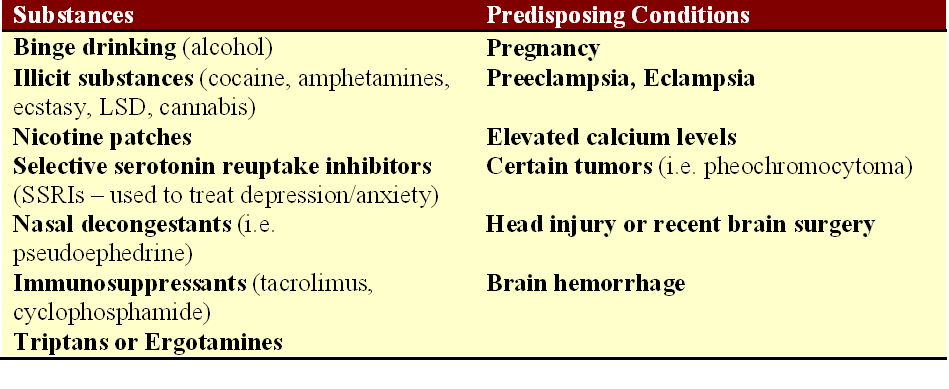One of the most meaningful parts of my neurology residency training was learning how to treat patients with carotid and vertebral artery dissections. Not only was I fascinated with the concept that a young person could sneeze or cough and severely injure an important artery as a result of such a benign action, but I was surprised by how frequently we identified dissections, yet they were referred to as “rare.” They did not seem rare to me, but I figured I was biased, given the specialty I had chosen to pursue.
Following my vascular neurology fellowship completion, I then moved to Charlotte, North Carolina, and continued to frequently make this diagnosis in young, healthy individuals. I found that many of them were presenting to the emergency departments in the area with headaches and/or neck pain, and were diagnosed as having migraines or muscular spasms until I would recommend imaging of the arteries in the neck before sending them home. When imaging studies would reveal dissection of a carotid or vertebral artery, there was usually relief from both patients and healthcare providers in identifying a treatable cause for symptoms, and in knowing that we could lower the risk of stroke from that point with the appropriate management. As I saw more dissection patients in the outpatient clinic setting, I learned that many of them continued to suffer with pain, anxiety, migraines, insomnia, fatigue, and difficulty concentrating, to name a few concerns. I heard these concerns voiced from dissection patients who had suffered strokes, and from those who had no evidence of stroke on MRI. I also observed that even patients whose follow up imaging indicated that their arteries were now “healed” they still had lingering symptoms.
Over time, I found that I was having the same conversations and answering the same questions repeatedly when talking to dissection patients and their loved ones. By 2013, I thought: “Someone should compile the questions these patients have in book form and attempt to answer them.” There was no such book available, and it seemed very much worth writing, if the right person would make the time for it.
 On January 1, 2016, about six months after I had joined the faculty at Duke University, Amanda Anderson, a speech-language pathologist in Charlotte, a friend, and herself one of my former carotid artery dissection patients, contacted me, telling me she wanted to work on a “project” to distract her from the daily unrelenting pain that had come to define her dissection aftermath. She had already published a workbook series for patients with language impairment (aphasia), and I knew she would be a great collaborator. I decided that since the “right person” had not made time to write the book for patients that I thought needed to be written, then I would have to be that person.
On January 1, 2016, about six months after I had joined the faculty at Duke University, Amanda Anderson, a speech-language pathologist in Charlotte, a friend, and herself one of my former carotid artery dissection patients, contacted me, telling me she wanted to work on a “project” to distract her from the daily unrelenting pain that had come to define her dissection aftermath. She had already published a workbook series for patients with language impairment (aphasia), and I knew she would be a great collaborator. I decided that since the “right person” had not made time to write the book for patients that I thought needed to be written, then I would have to be that person.
We decided early into the planning process to write much of the book in a question-and-answer format, and that we would make it as comprehensive as possible, but provide explanations that were easy to understand. We also wanted the book to illustrate that carotid and vertebral artery dissection patients are real people with real lives, and found plenty of brave patients from around the country (and even one outside of the US) who were willing to share their stories. We wanted many of the personal stories to be written by the patients themselves in order to provide their perspectives in their own voices.
This morning, after a year and a half of writing and revising, Carotid and Vertebral Artery Dissection: A Guide for Patients and Their Loved Ones was published!
It has been such a moving, unforgettable journey, and a regular reminder of why I love this patient group so much. Amanda’s relentless enthusiasm and her compassion for her fellow dissection survivors has sustained me during busy times when it was challenging to find time to write.
I sincerely hope that if you or a loved one has experienced a carotid or vertebral artery dissection, this book provides answers to your questions, and perhaps just as important, validation of your experiences.


